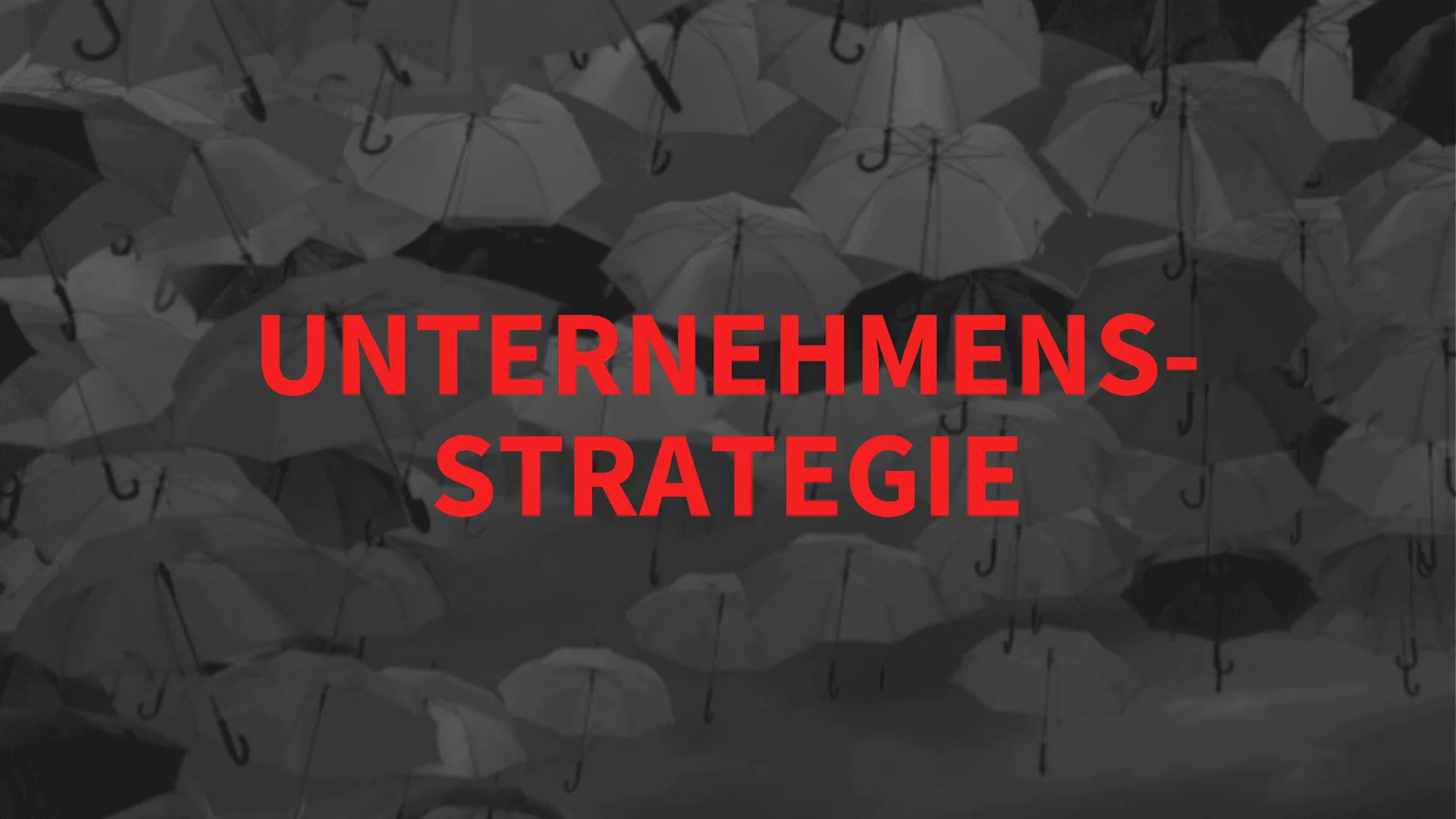Most organizations possess an often-underutilized asset – a large amount of data, which they generate themselves or have access to.
Data can be used for making better management decisions, informing strategies or actually be turned into a key product component. Organizations who can link the definition and execution of their strategy to comprehensive data analysis can realize a significant competitive advantage.
Start with business model and strategy
To realize these economic benefits, companies must scale up their data-analytics set-ups. Executives can start by pondering their main strategic questions around the nature and growth drivers of their businesses model. Four simple questions on the core dimensions of your business model should guide this process
Customers: Who are target customers of products and services? Value Proposition: How is the value add generated for those customers?
Monetization: What are the revenue-generating mechanisms?
Value Chain: What are the key activities to deliver value to customers
“Defining the core of your business-model and scaling model is key”
A thorough view of the business model allows to determine the KPIs that are truly meaningful and reflective of the growth model of the company. This strategic KPI set is a powerful starting point to determine a Business Intelligence & Analytics Strategy.
Example questions that typically come up during such a process may include:
- “Who are our most profitable customers and why is that the case?”
- “What is the value-maximizing pricing strategy?”
- “What should be the focus of our retention measures?”
Evaluate the type of analytics needed
There are three main types of analytics that build on top of each other. A solid view on actual data is the starting point for more sophisticated approaches.
- Descriptive analytics: “What has happened?” – the focus is data aggregation and evaluation, identifying patterns and dependencies and generating a basis for business decisions. This could both be a one-time as well an ongoing effort.
- Predictive analytics: “What may happen?” – based on different models an extrapolation of the future is being generated through algorithms. The interpretation of data is done through human-machine interaction. This can be applied e.g. for forecasting customer churn.
- Prescriptive analytics: “What should be done?” – the in- depth understanding of actual data reflects back on strategy in order to defend competitive advantage or create new ones.
Deep Dive: Customer Value Maximization Approach by Deconstructing Customer Lifetime Value Drivers
Churn is a key metric for many business models. Winning new customers is typically much more expensive than retaining existing ones. A proper churn-prevention, win-back and re-activation strategy is key to maximize customer lifetime value (LTV). Lower churn means faster growth of the customer base and additionally increases the addressable basis for upselling activities.
Two perspectives on churn are highly insightful and have the potential to trigger fast action and support strategy development.
Cohort Analysis
“Cohort analyses […] generate insights into the true drivers of business performance”
Build up a detailed view of cohorts of your customer groups and their development of time. Cohort analysis helps to de-average changes that were applied in the past (for example pricing changes, changes in marketing channel mix or products sold) and thereby generates insights into the true drivers of business performance. Cohort analyses also allow for deriving general patterns of user behavior that can be used for forecasting future revenues and profits.
Fig 1: Retention Development by Customer Cohorts

Fig 2: Retention Development by Customer Cohorts

Figure 1 illustrates monthly retention rates of a subscriber-based business by monthly customer cohorts. Some of the cohorts are significantly better performing than others vs. the average. An analysis on the underlying differences can yield relevant insights into the reasons – for example a different product mix or usage. These cohort analyses should be built not only for retention rates, but similarly for average revenue of remaining clients, ARPU (Average Revenue per User), number and type of products and services used or COGS (Cost of Goods Sold) depending on the business model.
Combining different types of cohort evaluations reveals the true power of this type of analysis. The example in Figure 2 illustrates the size of new customer cohorts and their retention rate. This business shows increasing cohort sizes which is great with at the same time stable retention rates. Outliers of cohort sizes show partially lower retention which was due to aggressive discount schemes in this case. The overall increase of all retention curves is explained with additional value-adding product features.
LTV Driver Analysis
“A granular deconstruction of LTV drivers triggers action at the right level”
LTV Driver Analysis is performed to provide an in-depth view on the underlying value drivers of cohorts, customer or product segments. This is a significant step beyond the limited analyses of contribution margins which only show a snapshot at a given point in time. It allows for a much more elaborated view on value development over time.
Fig 3: LTV Driver Deconstructions

A proper deconstruction of value-drivers has the potential to deliver non-obvious results. A seemingly less profitable customer segment could actually be LTV positive if indirect effects, like recommendation of the product to new customers are taken into account.
As a starting point, drivers may be clustered along six core dimensions
- All acquisition costs and efforts: Marketing and sales activities as driver
- Revenue: Product mix and pricing as drivers
- COGS: Direct variable costs of delivering the product or services
- Upselling and downgrading: Account management and CRM activities
- Churn: Active churn prevention and win-back activities
- Indirect effects: Recommendation of users and other viral effects that drive new customers
Author
Stefan Benndorf
Dr. Philipp Engelhardt





